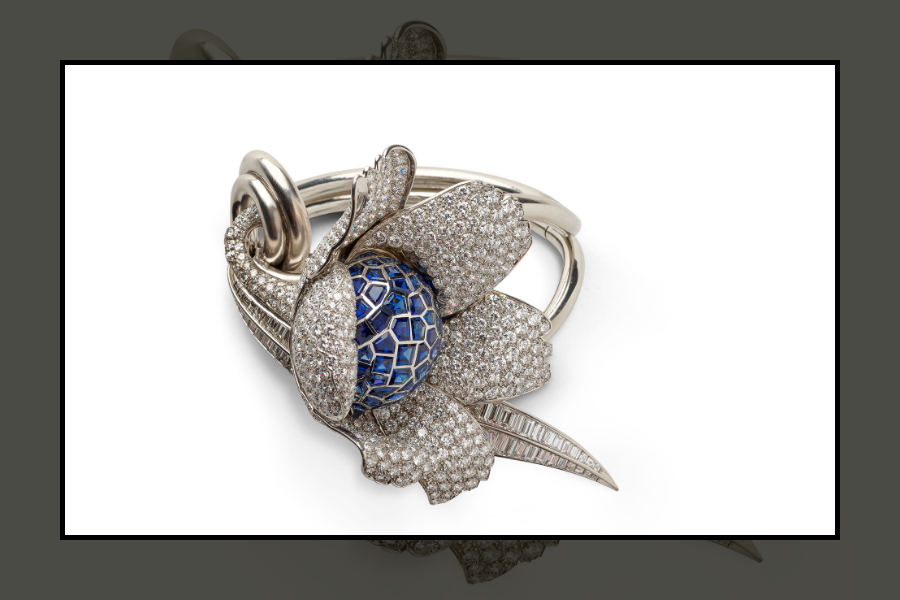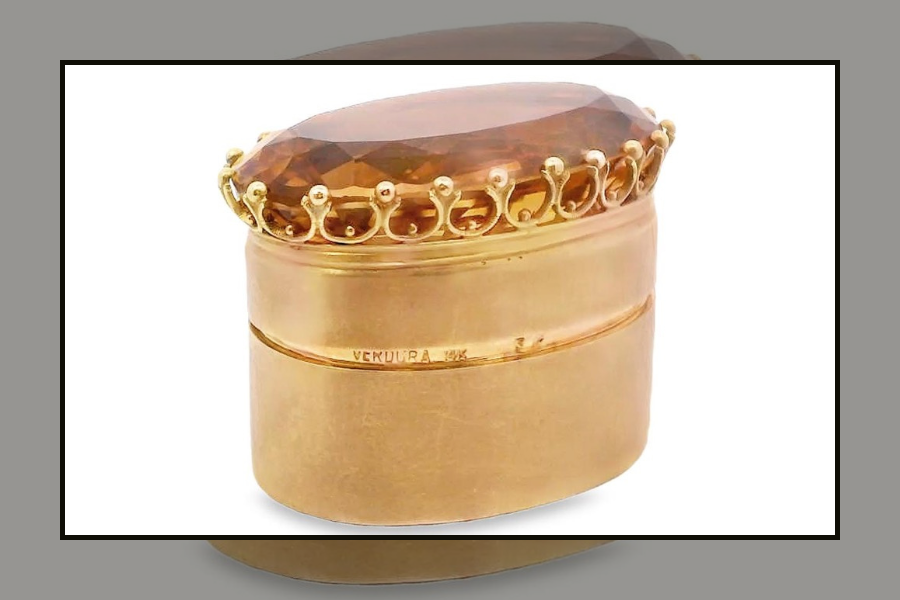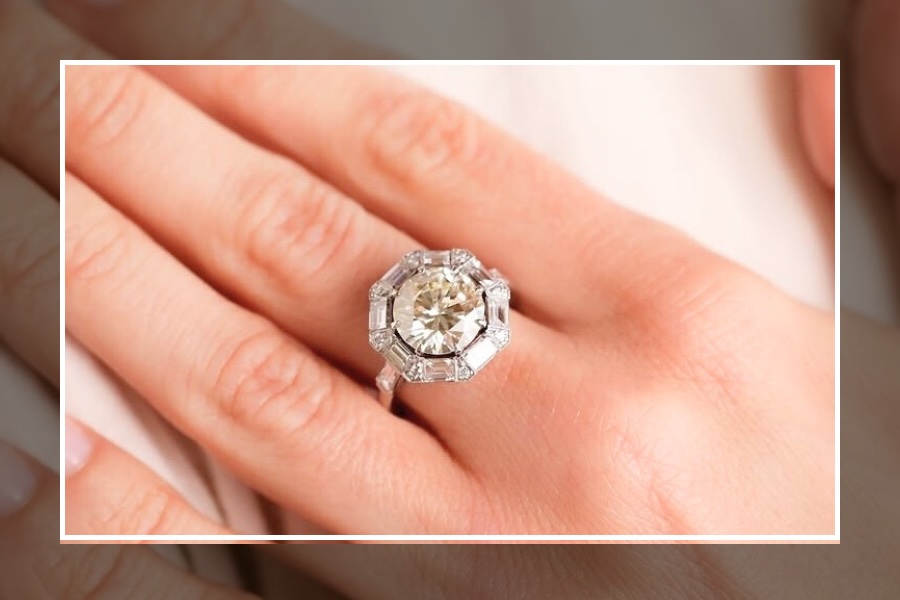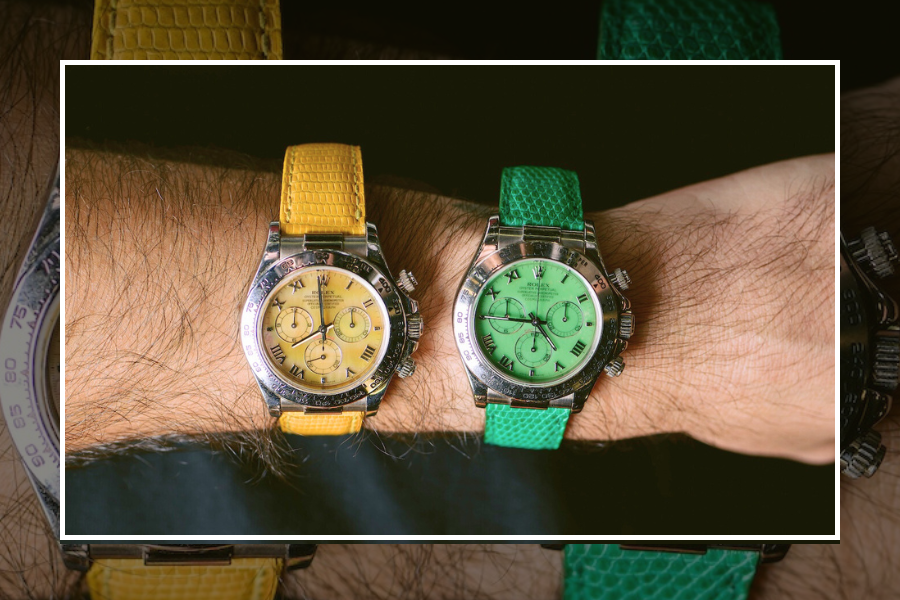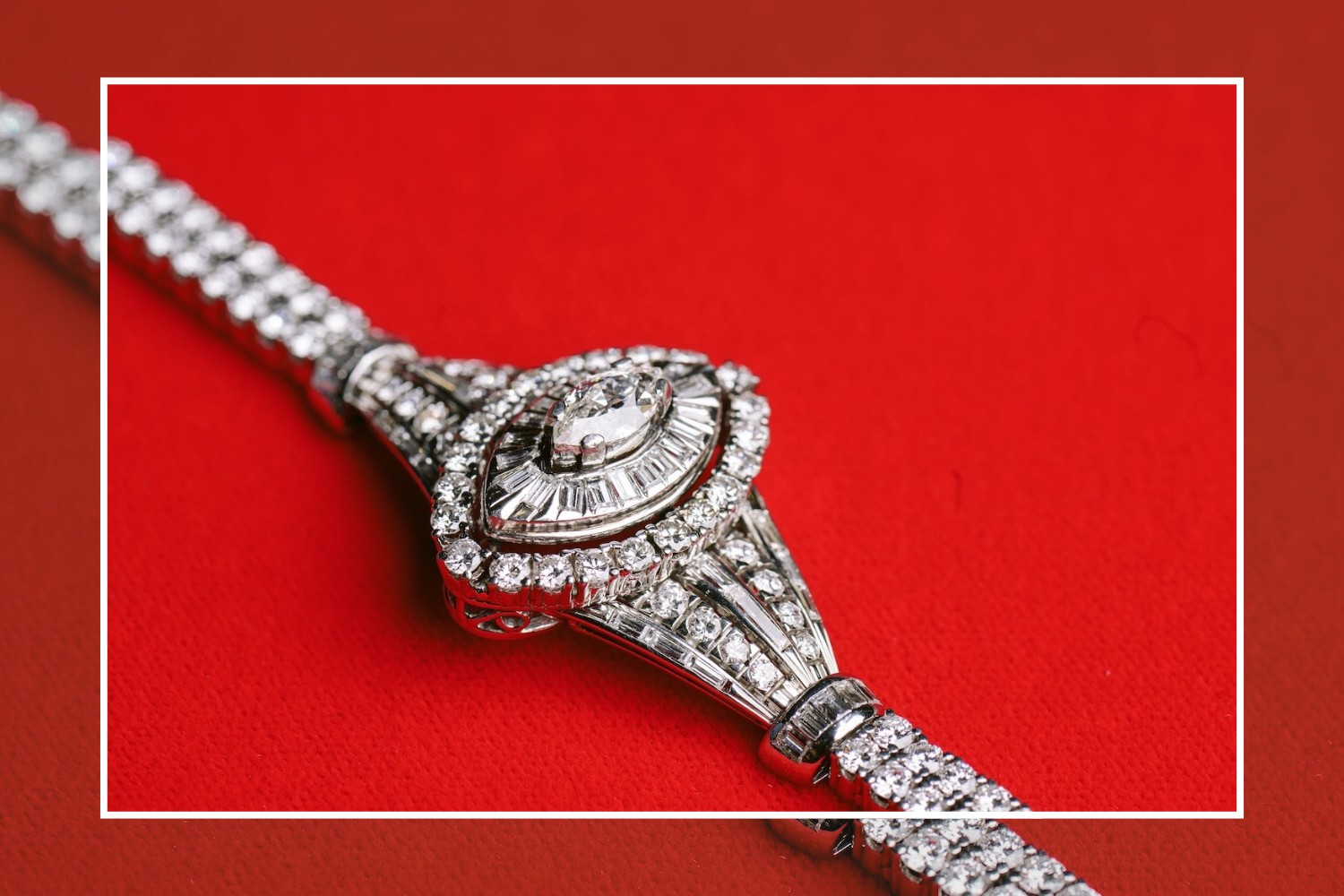Insects in flight, naked dancing women and twirling, winding branches epitomized the aesthetics of the Art Nouveau era. Stylistically, the Art Deco period was its antithesis; Deco is identifiable by its long lines and stylized geometry. One man was at the epicenter of both movements and a master of two different mediums: René Lalique.
Lalique was a wonderkid who started his career in jewelry at 15 training first as an apprentice and then at the School of Decorative Arts in Paris. He gained recognition as an independent designer for some of the biggest and most reputable jewelry houses in France, such as Cartier and Boucheron. By the age of 25, in 1885, he had opened his own firm in Paris.
Eschewing the precious gems that were favorable at the time, Lalique opted instead for invention. Inspired by mysticism, nature and women, he revived ancient enamel and glass techniques and created new ones to encapsulate organic forms. Via his biography on the Lalique website, “Lalique made the materials he used central to his designs. He chose them for their power, light and colour, whether they were precious or not. He combined gold and gemstones with semi-precious stones, mother-of-pearl, ivory and horn, in addition to enamel and glass.” The results were fanciful creations; both impossibly detailed and too perfect to be real – they could only exist in their gold and plique-a-jour form.
His jewelry creations redefined what jewelry could be and created a template for all other Art Nouveau jewelers to aspire to. But as an artist, he continued to seek inspiration and collaborators. Over the years, Lalique developed a greater and greater fascination with glass work. It started in the 1890’s as a further tool of embellishment to his jewelry and evolved in the early 1900’s over a collaboration with a famous Parisian perfumier. By 1912, he had let go of jewelry making, changed his medium almost completely to glass, and became an icon of Art Deco interior design.
In glass, Lalique found a medium that could be carved like sculpture and collaborated his obsession with light. His creations left the limits of the body and became embellishments of a luxurious life: sculpture, perfume bottles, crystal bowls and vases, boxes, and elaborate interiors. “Lalique didn’t just mold a piece of glass,” said Jeff Myers, who has been specializing in Lalique pieces since 1982. “After he molded that piece of glass he would polish certain areas, he would put patinas in the recesses. He would pay attention to all of that detail.”
“His big thing in glass was to try and produce those colors that made him so successful in jewelry design,” said Myers. “He wanted the opalescent glass to look like an opal, or the jade green to look like actual jade, or the emerald to look like emeralds. He tried to reproduce all of that and he was one of the first successful ones to do some of those colors.”
His work with lamps and lighting led to global commissions for custom, ornate glass. When grand design projects aspired to luxury, Lalique was the man they hoped to hire. He designed the interior of The Côte D’Azur Pullman Express Train and the first-class dining room of the luxury liner Normandie, outfitting it with custom light columns and chandeliers. He hand-carved glass doors for Prince Yasuhiko Asaka’s residence in Tokyo and created the fountain which, for a time, decorated the Galerie des Champs-Elysées in Paris.
In glass, Lalique tried to make his art accessible to all. “He really thought that a beautiful vase didn’t belong to just the rich, it belonged to the masses, to everyone,” explains Myers. “He wanted everyone to have access to his designs.”
Though the House of Lalique continues to create objects d’art of the highest quality, it’s impossible to separate today’s aesthetic from those of its founder, René Lalique, an artist without peer. He lived his life at the forefront of art and innovation and his works remain as valuable today as ever, though harder and harder to find. “I’ve dealt in Lalique since the 80’s and it’s really one of the markets that has not ever fallen,” said Myers.


